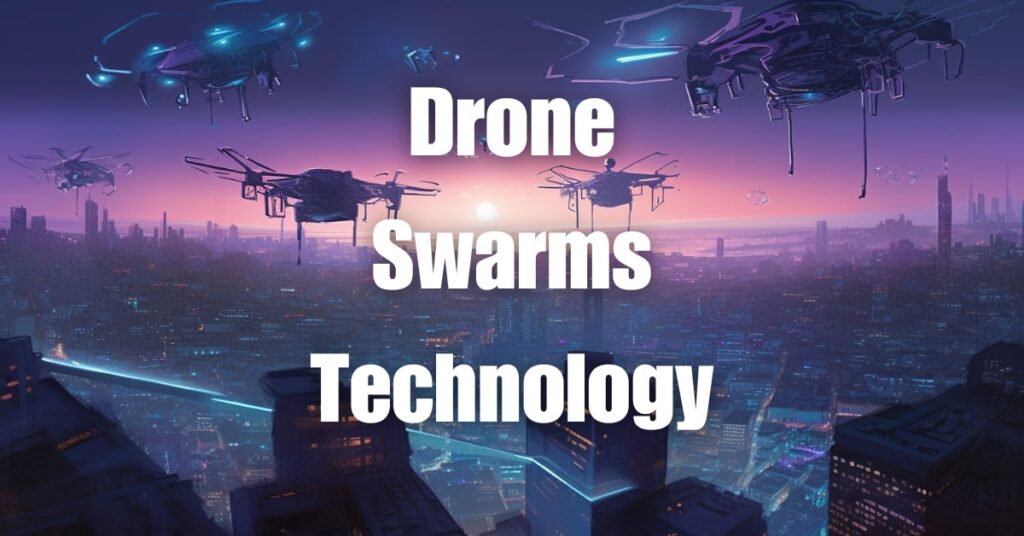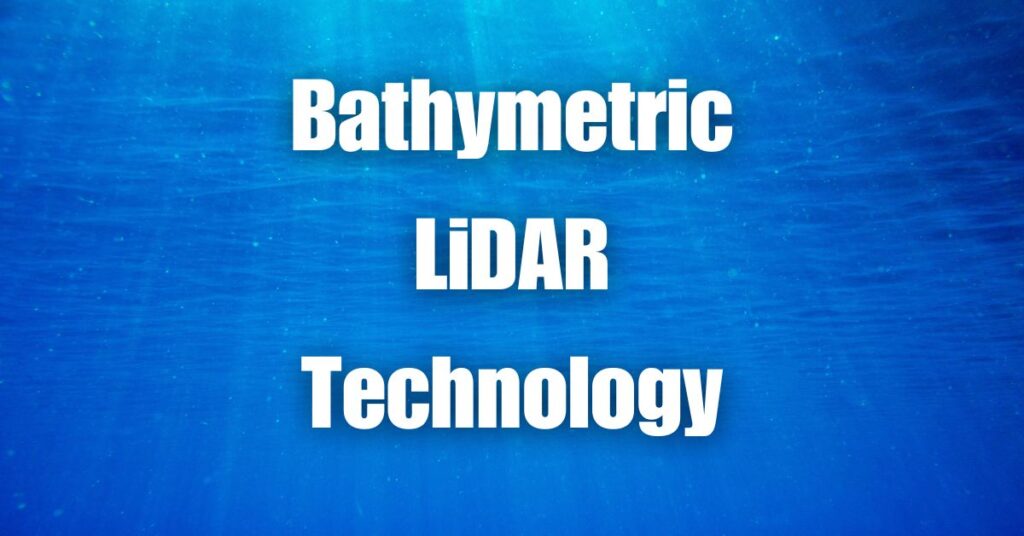Drones, once considered a solitary marvel of technology, are now joining forces, creating a phenomenon known as a drone swarm. Imagine multiple drones, synchronized and operating as one unit, revolutionizing industries from defense to agriculture, and even entertainment. As we delve into this fascinating topic, we invite you to explore the unparalleled potential of drone swarms, a technology that is reshaping our skies and opening new frontiers.
Key Takeaways
- Understanding Drone Swarms: Drone swarms are collections of drones working in unison, achieving tasks more efficiently than single drones.
- Technological Innovations: Advances in AI, communication systems, and battery technology are driving the development of more autonomous and efficient drone swarms.
- Diverse Applications: Drone swarms are used in military, agriculture, entertainment, and aviation for tasks like surveillance, pollination, light shows, and disaster response.
- Business and Market Growth: The drone swarm market is expanding, with significant investments and a diverse range of companies contributing to its growth.
- Future of Drone Swarms: The industry is expected to grow with advancements in technology and evolving regulations, promising wider adoption across more sectors.
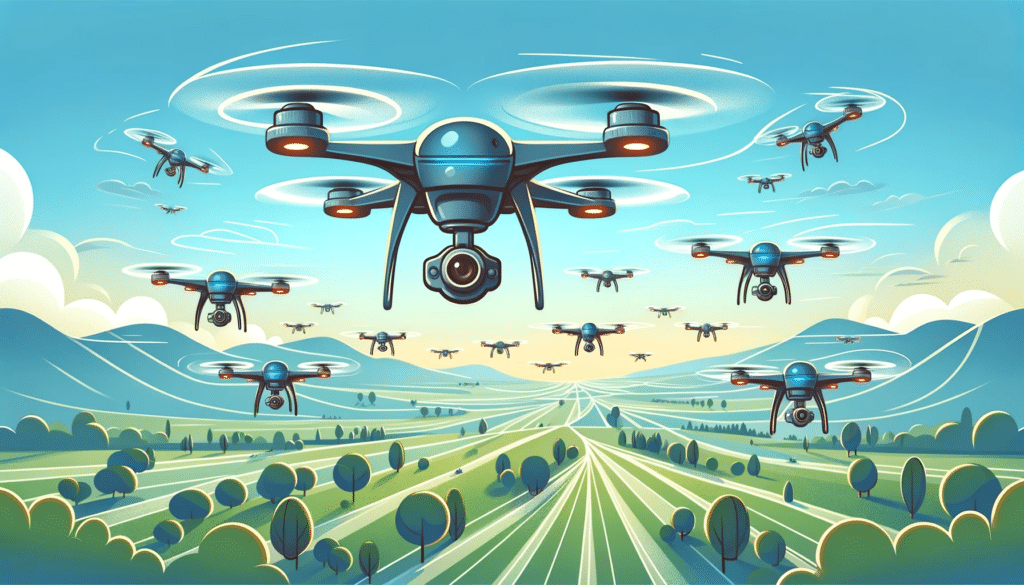
The Concept of Drone Swarms
Drones have soared from niche hobbies to essential tools in various industries. But when these solitary flyers band together, they form what’s known as a drone swarm. This concept, reminiscent of a flock of birds moving in harmony, is redefining the capabilities of drone technology.
Understanding Drone Swarms
A drone swarm is a collection of drones, operated either autonomously or through a central control system, working together to achieve a common goal. These swarms leverage advanced algorithms to ensure seamless coordination, allowing them to adapt to changing environments and tasks.
An excellent illustration of drone swarm technology in action is the light shows at major events. Hundreds of drones light up the sky, creating stunning visual displays. This spectacle is not just for entertainment; it demonstrates precise, real-time coordination and control.
A Brief History
The idea of drone swarms isn’t new. It stems from observations of nature – like birds and fish moving in synchrony. The military first explored this concept, seeking ways to enhance reconnaissance and combat strategies without risking human lives.
Advancements and Innovations
In recent years, technological advancements have turned this concept into reality. Improved communication systems, robust AI algorithms, and miniaturization of hardware have all played a part.
Key Technologies
- AI and Machine Learning: AI algorithms enable drones to make decisions in real-time, adjusting formations and tasks without human intervention.
- Communication Systems: Robust and secure communication channels are essential for the coordination of drone swarms, ensuring that each drone is in sync with the group.
Technological Innovations in Drone Swarms
Drone swarm technology is advancing rapidly, pushing the boundaries of what’s possible. These innovations aren’t just technical feats; they’re reshaping industries and opening new opportunities.
Communication and Control Systems
The backbone of drone swarms lies in their ability to communicate and operate as a cohesive unit. Innovations in this area are crucial for the functionality and reliability of drone swarms.
Advanced Communication Protocols
Ensuring reliable and secure communication between drones is a significant challenge. Developers are creating advanced protocols that allow for real-time data exchange, even in challenging environments.
Control Mechanisms
Control systems for drone swarms vary. Some rely on a centralized controller, while others use a decentralized approach, where each drone makes decisions based on shared data. Both systems have their advantages and are chosen based on the application’s needs.
Overcoming Challenges with Innovation
Drone swarms face several technical challenges, from battery life to collision avoidance. However, continuous innovation is steadily overcoming these hurdles.
Battery Technology
One of the significant limitations of drones is their battery life. Innovations in battery technology and energy-efficient designs are extending flight times, making drone swarms more practical for extended operations.
Collision Avoidance Systems
With multiple drones flying in close proximity, avoiding collisions is paramount. Advanced sensors and algorithms are being developed to enable drones to detect and avoid obstacles autonomously, ensuring safe operations.
Table: Key Technological Innovations in Drone Swarms
| Innovation Area | Description | Impact on Drone Swarms |
|---|---|---|
| AI & Machine Learning | Enables autonomous decision-making and adaptability. | Enhances efficiency and responsiveness. |
| Communication Systems | Secure and robust data exchange between drones. | Ensures synchronization and coordination. |
| Battery Technology | Improved energy storage and efficiency. | Extends operational duration and range. |
| Collision Avoidance | Advanced sensors and algorithms for safety. | Allows safe operation in complex environments. |
In conclusion, the development of drone swarm technology is a testament to human ingenuity and our ability to draw inspiration from nature. As we continue to innovate, the possibilities for drone swarms are boundless, limited only by our imagination and the continued advancement of technology.
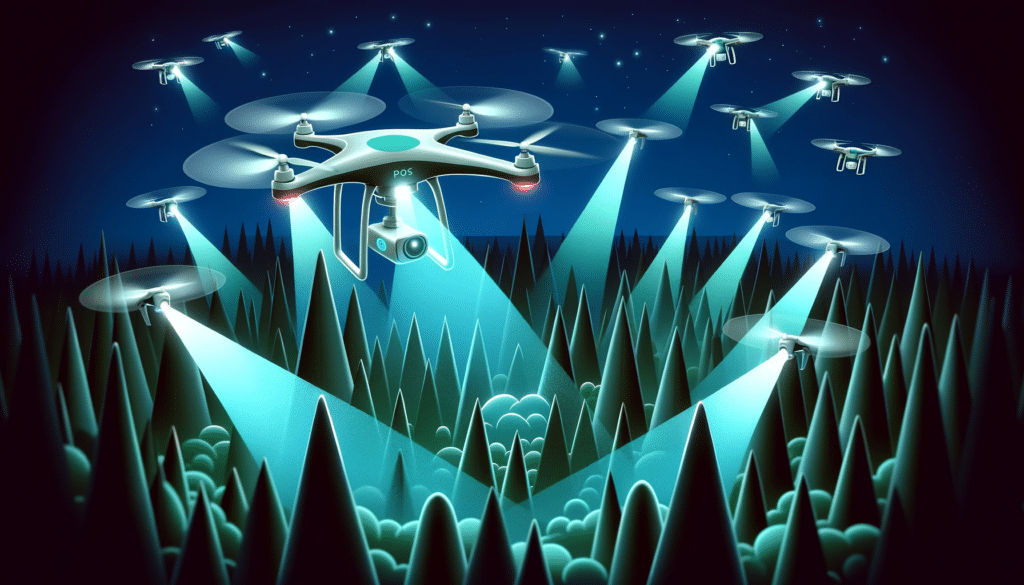
Applications of Drone Swarms
Drone swarms aren’t just a technological marvel; they have practical applications that are revolutionizing various sectors. From agriculture to entertainment, these swarms are demonstrating their versatility and effectiveness.
Military and Defense
In defense, drone swarms are a game-changer. They offer unprecedented surveillance capabilities and can perform complex missions with minimal risk to human life. Picture a swarm of drones, seamlessly navigating through hostile terrain, providing real-time data to ground troops. It’s a new era in military strategy.
Agricultural Monitoring
Imagine a farmer overseeing vast fields, now assisted by a swarm of drones. These drones can monitor crop health, soil conditions, and even assist in precision farming practices. It’s a sustainable approach to agriculture, enhancing productivity while reducing environmental impact.
Entertainment and Light Shows
Drone swarms have also made their way into the entertainment industry. Massive light shows, where hundreds of drones illuminate the sky in synchronized patterns, have become popular at major events. These shows are not just visually stunning but also a testament to the precision and reliability of drone swarm technology.
Search and Rescue Operations
In search and rescue, time is of the essence. Drone swarms can cover large areas quickly, identifying missing persons or assessing disaster zones. They provide a bird’s-eye view, helping rescue teams make informed decisions swiftly.
Future Potential
The potential applications of drone swarms are virtually limitless. From environmental monitoring to urban planning, these swarms could play a pivotal role in various future endeavors. As technology advances, we can expect to see drone swarms in more aspects of our daily lives.
Challenges and Solutions
While drone swarms offer immense possibilities, they also present unique challenges. Addressing these challenges is crucial for the safe and ethical deployment of this technology.
Technical Challenges
The complexities of operating multiple drones simultaneously bring technical challenges. These include ensuring reliable communication, efficient power management, and effective collision avoidance. Ongoing research and development are key to overcoming these obstacles.
Regulatory and Ethical Considerations
As with any emerging technology, drone swarms face regulatory and ethical scrutiny. Balancing innovation with privacy concerns, safety regulations, and ethical use is vital for societal acceptance and responsible deployment.
Solutions and Future Prospects
Despite these challenges, solutions are emerging. Improved algorithms, advanced materials, and regulatory frameworks are being developed to ensure that drone swarms can be used safely and effectively. The future of drone swarms is promising, with potential advancements that could further enhance their capabilities and applications.
Table: Challenges and Solutions in Drone Swarm Technology
| Challenge | Description | Solution |
|---|---|---|
| Communication Reliability | Ensuring uninterrupted data exchange. | Developing robust communication protocols. |
| Power Management | Extending battery life for longer operations. | Innovations in battery technology and energy efficiency. |
| Collision Avoidance | Preventing accidents in complex environments. | Advanced sensors and AI-driven avoidance systems. |
| Regulatory Compliance | Adhering to evolving drone laws and regulations. | Engaging with regulatory bodies and adopting best practices. |
| Ethical Usage | Addressing privacy and ethical concerns. | Establishing clear ethical guidelines and public awareness. |
In summary, while drone swarms present challenges, the solutions and advancements in the pipeline are promising. With continued innovation and responsible implementation, drone swarms are set to play a significant role in shaping our future.
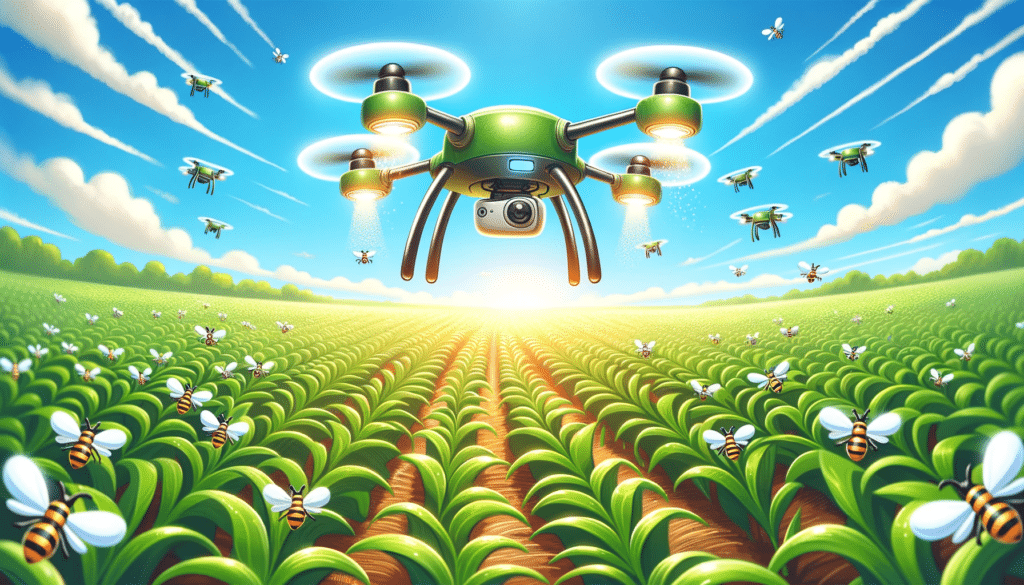
Real-World Examples of Drone Swarms in Various Industries
Drone swarm technology is not just a theoretical concept; it has practical applications across a wide range of industries. Here, we explore some of the most compelling real-world examples, demonstrating the versatility and potential of drone swarms.
Military and Defense
Application: Surveillance, Intelligence, and Defense Operations
In the military sector, drone swarms are revolutionizing defense strategies. Nations around the world are exploring their use for intelligence gathering and as potential weaponry. For instance, swarms can be deployed for intricate surveillance missions in hostile terrains, offering a safer alternative to manned operations.
Agriculture
Application: Pollination and Reforestation
Pollination Drones
In Japan, researchers have developed tiny drones capable of emulating bees’ pollination activities. With the decline in bee populations, these drones could play a vital role in sustaining crop production.
Tree-Planting Drones
In Canada, drones are being used innovatively for reforestation. Equipped with air cannons, these drones can plant thousands of seed pods daily, aiming to revolutionize tree planting and contribute significantly to environmental restoration.
Entertainment Industry
Application: Light Shows and Event Promotion
A spectacular example is the drone light show by Genesis in China, where 3,281 drones created a mesmerizing spectacle. Such shows, while scripted, showcase the precision and synchronization achievable with drone swarms.
Aviation Industry
Application: Surveillance, Search and Rescue, and Disaster Response
For aviation professionals, drone swarms enhance situational awareness and operational capabilities. They provide real-time monitoring of weather and terrain, improve safety, and are invaluable in search and rescue missions.
Disaster Response
In disaster-stricken areas, drone swarms can quickly assess damage, facilitate communication, and deliver essential supplies, proving critical in emergency response and management.
Table: Overview of Drone Swarm Applications in Various Industries
| Industry | Application | Example |
|---|---|---|
| Military and Defense | Surveillance and Defense | Deployed in hostile terrains for intelligence gathering. |
| Agriculture | Pollination and Reforestation | Pollination drones in Japan; tree-planting drones in Canada. |
| Entertainment | Light Shows | Genesis drone light show in China. |
| Aviation | Surveillance, Search and Rescue | Real-time monitoring of weather, terrain, and disaster response. |
In conclusion, these real-world examples highlight the transformative impact of drone swarms across different sectors. From enhancing military operations to aiding in environmental conservation, and from creating breathtaking entertainment experiences to improving aviation safety, the applications of drone swarms are vast and varied. As technology advances, we can expect to see even more innovative uses of drone swarms, further revolutionizing how we approach challenges and tasks across industries.
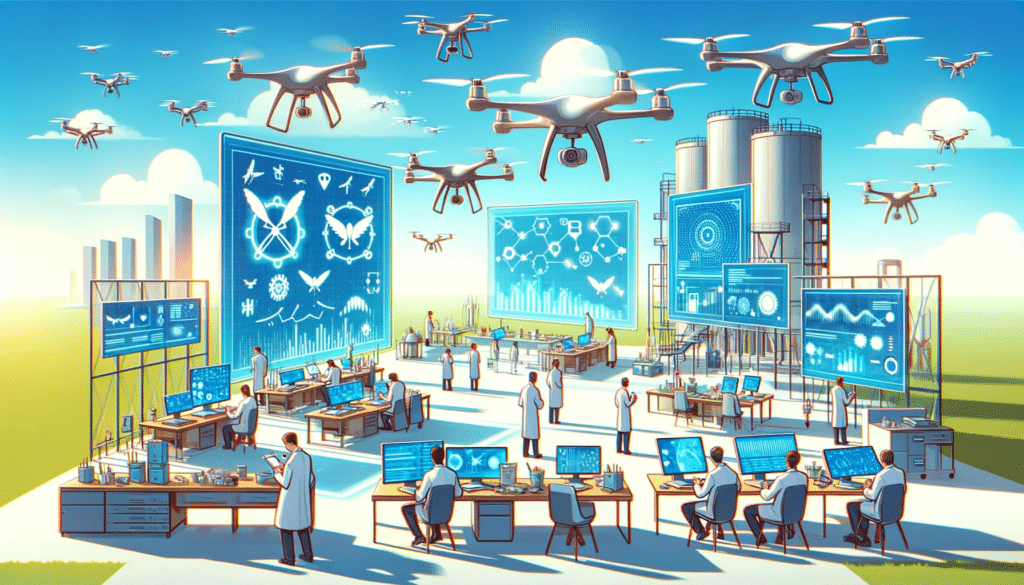
The Business of Drone Swarms
The emergence of drone swarm technology is not only a technological breakthrough but also a significant business opportunity. As the applications of drone swarms expand across various sectors, so does the market potential.
Market Analysis and Growth Potential
The drone swarm market is experiencing rapid growth. This surge is fueled by the increasing demand for innovative solutions in surveillance, agriculture, defense, and entertainment. The versatility of drone swarms makes them attractive for a wide range of applications, opening up new market opportunities.
Trend Insight: The rise in demand for advanced surveillance systems in both military and commercial sectors is a key driver for the growth of the drone swarm market.
Key Players in the Drone Swarm Sector
Major tech companies and defense contractors are investing heavily in drone swarm technology. These players are pioneering the development and deployment of drone swarms, contributing to significant advancements in the field.
Highlight: Startups and emerging companies are also playing a crucial role, bringing fresh perspectives and innovative solutions to the table.
Investment Trends and Future Predictions
Investment in drone swarm technology is on the rise, with venture capitalists and government agencies recognizing its potential. The trend is toward developing more autonomous, efficient, and versatile drone swarms, which could revolutionize various industries.
Future Outlook: The integration of AI and machine learning is expected to further enhance the capabilities of drone swarms, making them smarter and more autonomous.
drone swarms represent a significant leap in technology, offering innovative solutions across various sectors. From enhancing military capabilities to revolutionizing agricultural practices, the potential of drone swarms is vast and still unfolding. As we have explored the complexities, challenges, and immense opportunities of this technology, it is clear that drone swarms are more than a fleeting trend; they are the future.
For those eager to dive deeper into the world of drone swarms and their business applications, we highly recommend visiting Blue Falcon Aerial’s comprehensive guide. This guide will provide you with a wealth of knowledge, aligning with the insights shared in this article.
Additionally, if you require expert drone services or wish to learn more about how drone technology can benefit your business, do not hesitate to contact Blue Falcon Aerial. Our team of professionals is ready to elevate your projects to new heights with cutting-edge drone solutions.

